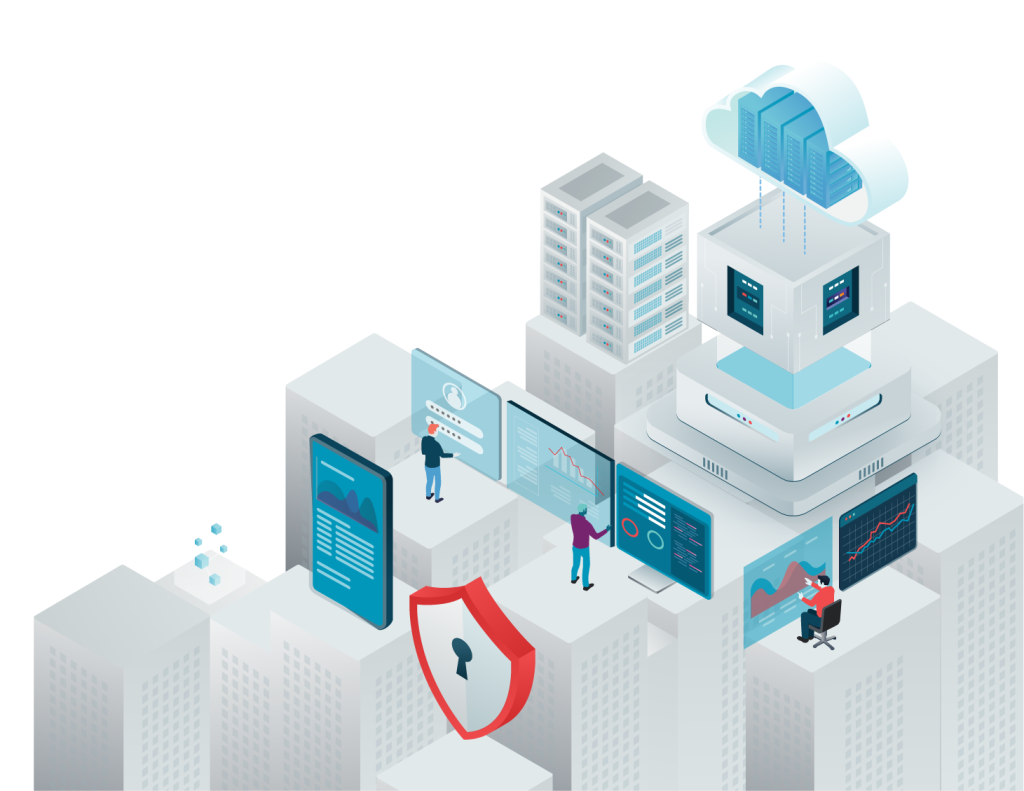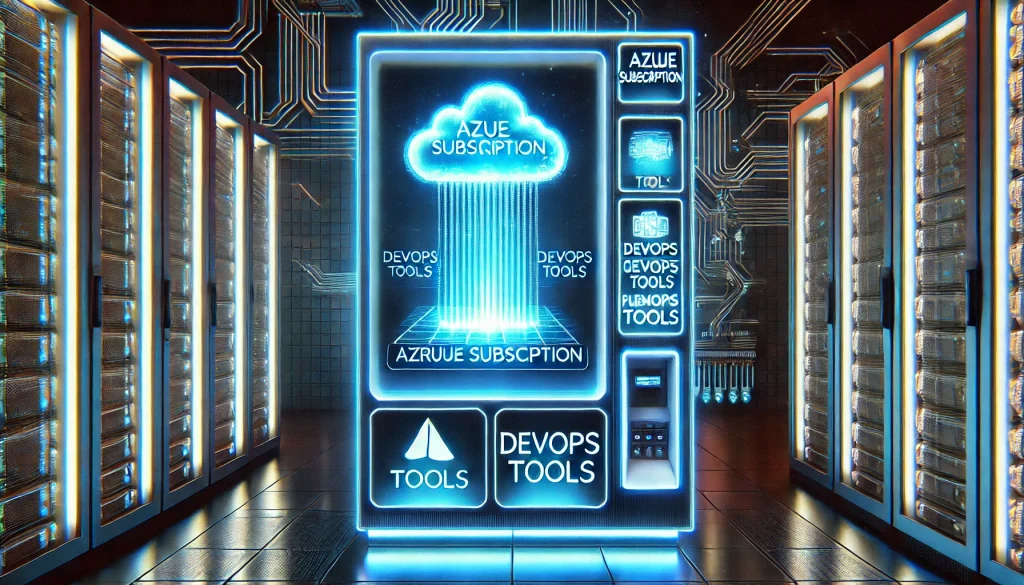
Cloud compliance is a high-stakes issue for organizations worldwide. As cloud computing services continue to dominate IT infrastructure, regulatory frameworks like NIS2 and the General Data Protection Regulation (GDPR) impose stringent requirements on businesses to protect sensitive data and maintain security.
However, meeting compliance regulations can be challenging due to varying compliance responsibilities, shared responsibility models, and evolving security controls.
In this article, we explore cloud compliance best practices, key regulations, and how cloud service providers like Cegeka help organizations meet compliance regulations in complex hybrid cloud environments.
Whether dealing with financial reporting, protected health information, or national security concerns, a robust cloud compliance strategy is essential for mitigating compliance failures and maintaining customer trust.
What Is Cloud Compliance?

Image credit: Freepik
Cloud compliance refers to an organization’s ability to meet legal, security, and regulatory requirements while operating in a cloud environment. It involves adhering to industry-specific compliance standards, implementing security controls, as well as ensuring data protection across cloud computing services.
Cloud providers and cloud customers must work together under a shared responsibility model to enforce compliance programs. Compliance responsibilities vary depending on whether an organization operates in a public cloud, private cloud, or hybrid cloud environment. To maintain compliance, businesses must implement an information security management system, data encryption policies, and continuous monitoring.
Why Does Cloud Compliance Matter?

Image credit: Freepik
Failing to adhere to regulatory frameworks can lead to significant financial penalties, harm an organization’s reputation, and even disrupt operations. Organizations that fail to demonstrate compliance risk data breaches, legal repercussions, and a severe loss of business credibility.
Compliance programs ensure:
- Data Security – Protect sensitive data from unauthorized access and data breaches.
- Risk Management – Reduce compliance gaps and strengthen cloud security measures.
- Customer Trust – Maintain customer trust by enforcing security standards.
- Regulatory Adherence – Meet compliance requirements for financial reporting, healthcare regulations, and national security concerns.
- Operational Integrity – Improve configuration management, internal audit processes, and security assessment capabilities.
Top 3 Cloud Regulations & Standards

Image credit: Freepik
1. General Data Protection Regulation (GDPR)
The GDPR establishes stringent data protection requirements across the European Union. Organizations handling personal data of EU citizens must uphold transparency, implement strong encryption measures, and maintain accountability.
While GDPR permits the transfer of personal data outside the EU, it requires appropriate safeguards to be in place. Cloud security alliance best practices suggest that cloud providers incorporate compliance programs to align with GDPR regulations.
2. Network and Information Security Directive 2 (NIS2)
NIS2 expands on the original NIS Directive to strengthen cybersecurity across essential sectors, including financial services, healthcare, and energy. Compliance regulations under NIS2 require medium and large organizations to implement robust security controls and ensure data integrity in cloud environments.
3. Digital Operational Resilience Act (DORA)
DORA, the Digital Operational Resilience Act, is an EU regulation designed to enhance the digital resilience of financial institutions and critical entities. It mandates strict risk management, security monitoring, and incident reporting requirements to ensure operational continuity. Cloud service providers supporting financial institutions must comply with DORA’s framework by implementing robust security controls, continuous monitoring, and compliance assurance measures.
Top 5 Cloud Compliance Best Practices

Image credit: Freepik
1. Implement a Robust Security Assessment Strategy
Regular security assessments are crucial for identifying compliance gaps and ensuring an organization’s cloud environment aligns with compliance regulations. Businesses should conduct internal audits and security assessments to proactively detect vulnerabilities and prevent compliance failures.
Compliance reporting tools help track compliance responsibilities and ensure alignment with applicable security standards. Additionally, organizations should implement information security controls that align with industry-specific regulatory frameworks to maintain compliance and mitigate security risks.
2. Enforce Data Protection and Encryption Policies
Protecting sensitive data is at the core of cloud compliance. Organizations should implement strong encryption mechanisms for data storage and cloud usage, ensuring unauthorized users cannot access or manipulate critical information.
Layered security strategies, including tokenization and encryption-at-rest, bolster cloud protection and minimize the risk of data breaches. Continuous compliance audits are also essential for monitoring cloud security posture and identifying potential vulnerabilities before they become significant threats.
3. Maintain a Strong Authorization Management Program
Effective authorization management restricts access to sensitive data to only approved individuals. Businesses should implement role-based access controls (RBAC) to safeguard customer data and apply stringent authentication protocols, such as multi-factor authentication (MFA).
Conducting routine access log reviews enables organizations to detect suspicious activity and reduce the likelihood of security incidents. A well-defined authorization management program strengthens information security by preventing unauthorized access to cloud services and ensuring compliance with industry standards.
4. Leverage Configuration Management for Compliance
Configuration management plays a very important role in maintaining cloud compliance. Automating configuration management helps organizations minimize compliance failures by ensuring consistency across cloud environments.
For instance, Infrastructure-as-code (IaC) solutions allow businesses to enforce security policies automatically, reducing human error and maintaining compliance standards.
Audit reports should be regularly reviewed to verify compliance with cloud security and regulatory requirements, ensuring businesses stay aligned with evolving compliance frameworks.
5. Implement Continuous Monitoring and Incident Response
Continuous monitoring is essential for real-time compliance tracking and security assurance. Organizations should deploy advanced security monitoring tools to detect threats and compliance violations as they occur.
A well-structured incident response plan enables organizations to react quickly to data breaches. This is made possible by reducing operational downtime and financial impact. Additionally, leveraging artificial intelligence (AI) and machine learning can allow businesses to enhance security automation, detect anomalies, and bolster their overall cloud security.
NIS2 for Financial Services & Government
Financial services and government institutions face unique challenges in cloud compliance due to strict regulatory frameworks and national security requirements.
NIS2 compliance ensures organizations in these sectors implement:
- Advanced Threat Detection – Continuous monitoring to prevent cyber threats.
- Risk-Based Security Controls – Adaptive security measures for cloud infrastructure.
- Compliance with Financial Regulations – Enforcement of processing integrity standards.
- Accountability Measures – Documentation of security incidents and compliance reporting.
Azure Compliance Framework for GDPR & NIS2
Microsoft Azure is designed with industry-leading security controls, compliance tools, and privacy policies to help businesses meet GDPR and NIS2 requirements. Organizations leveraging Azure’s secure foundation can enhance cloud security through:
- Azure Data Subject Requests for GDPR – A dedicated portal providing step-by-step guidance on GDPR compliance, helping businesses find and act on personal data within Azure.
- Azure Policy & Compliance Manager – Enforce security policies and automate compliance controls to maintain regulatory adherence.
- Azure Information Protection – Classify, label, and protect sensitive data across cloud and on-premises environments.
- Microsoft Defender for Cloud – Strengthen cloud security through advanced threat detection and response.
- Defender for Cloud & Compliance Manager – Unified security management and risk assessment tools to track regulatory compliance and manage security threats.
By utilizing Azure’s compliance frameworks and best practices, organizations can accelerate their move to the cloud while ensuring robust data protection and regulatory adherence.
What Is Cegeka’s Compliant Cloud?

Image credit: Cegeka
Cegeka’s Compliant Cloud provides businesses with the guidance and tools necessary to navigate complex regulatory requirements effectively.
Our comprehensive Multi Compliance Framework includes over 140 controls aligned with industry standards such as ISO-9001, ISO-27001, ISO-14001, and evolving regulations like NIS2, DORA, and the EU AI Act. Our expert data management team ensures that businesses categorize and manage their data in accordance with industry-specific and country-specific laws.
By leveraging flexible landing zones, advanced cybersecurity solutions, and real-time compliance monitoring through our Horizon platform, Cegeka’s Compliant Cloud helps organizations maintain compliance across public cloud, private cloud, and on-premise environments.
With independent third-party audits and a commitment to continuous compliance, we provide businesses with peace of mind, allowing them to focus on innovation while ensuring regulatory adherence.
Bottom Line
Cloud compliance is a complex but essential aspect of modern cloud computing. Whether navigating GDPR, NIS2, or HIPAA, organizations must implement robust compliance strategies to meet regulatory requirements, protect sensitive data, and maintain customer trust. By leveraging security controls, continuous monitoring, and industry-specific solutions like Cegeka’s compliant cloud, businesses can achieve regulatory adherence and operational excellence. If you’d like to learn more about the fascinating world of cloud technology, make sure to read more on my blog.

